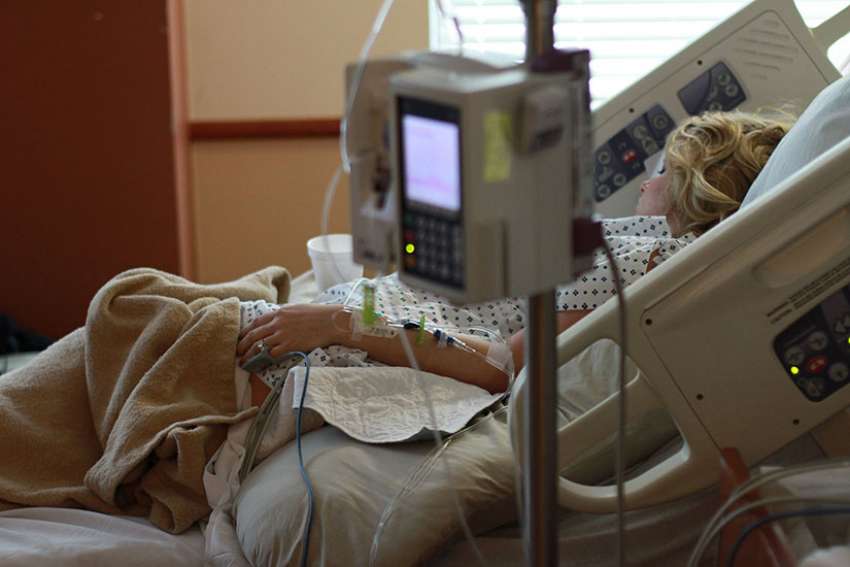The planning of his death on Vancouver Island, as described by the story, seemed eerily exquisite:
“Then, his family would take him home and he would die there in the morning, preferably in the garden. It was his favourite spot, rocky and wild. Flowering native shrubs pressed in from all sides and a stone Buddha and birdbath peeked out from among the ferns and boulders. Before he got sick, Mr. Shields liked to sit in his old Adirondack chair and watch the bald eagles train their juveniles to soar overhead. He meditated there twice a day, among the towering Douglas Firs.”
His doctor, who the story said had dispatched 35 other patients, did a wonderful job of sending Mr. Shields to his maker. There was no fuss, no muss and no awful gasping for breath.
Some reading this might be inclined to dismiss the Times story because they believe the paper to be radically left. To think this way is a mistake. The New York Times is a paper of what today passes for the political centre. It is respectable, read by many intelligent people and those elites who shape public policy.
This story demands to be read by anyone who opposes euthanasia because it shows clearly what we are up against.
The Times story is an example of beautiful feature writing. It has wonderful detail, colour and heart. You feel like you were there. Millions on both sides of the border likely read it.
Many readers of the Times story will think we in Canada are truly progressive and compassionate. It will reinforce the beliefs of those who support euthanasia and might very well tip the balance for those on the fence.
What should alarm us is how something so awful is made to look so beautiful. It is horrifying how such a tragic end fits into a happy narrative. It’s a perfect example of what the German-Jewish writer Hannah Arendt called the “banality of evil.”
Some may think that stories like this are a form of propaganda. I think of propaganda when, for example, a government is trying to push something radical and begins the process of flooding the public with deceptive information to win them over.
But there is a point when the propaganda stops because most people have bought the message, regardless of how twisted.
What we are witnessing in Canada, and in parts of the United States and Europe, is post-propaganda. No one anymore has to be convinced that euthanasia is good. That is now assumed.
The person who dies by the needle is no longer called a victim. That would be pejorative in the eyes of the other side. Nor is it ever called suicide.
A few weeks ago in these pages I wrote a story about how The Globe & Mail dealt with the suicide of a troubled 27-year-old man. The gist of it was this young man’s tragic death was treated as a clarion call to allow those with mental illness to be allowed to die on request.
The Globe story sickened me. It was to my mind callous and exploitative. No young person should feel so desperate that they have to take their own life. The answer should have been care and compassion, but instead it was a plea to further medicalized killing.
I recently spoke to a reporter at a mainstream paper who told me that euthanasia stories were no longer of interest because of “reader fatigue.” Having served many years as an editor, I know that that term is code for “the story is boring … no one cares anymore.”
This is what the world looks like on the far side of propaganda. This is where we are today. We think euthanasia is controversial. We think the denying of conscience rights to doctors is a problem. But we are a small minority whose views are dismissed as radically out of step. We have become the odd ones.
We need to start finding our own stories, which reflect the decision to choose life over suicide.
Films like the brilliant The Euthanasia Deception, produced by documentarian Kevin Dunn, are an amazing start. But we’re going to need more writers and artists to do similar work.
This is why we must attract younger people to take up this fight. We must encourage the future journalists, artists, filmmakers and others who feel as we do to create their own art that shows the beauty of life and tragedy of euthanasia. It’s a long road, but we have to start soon or risk our last opportunity to turn the tide.
(Lewis is a Toronto writer and regular contributor to The Catholic Register.)

